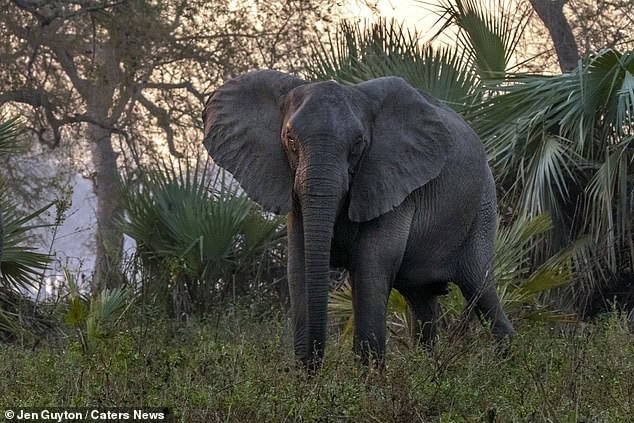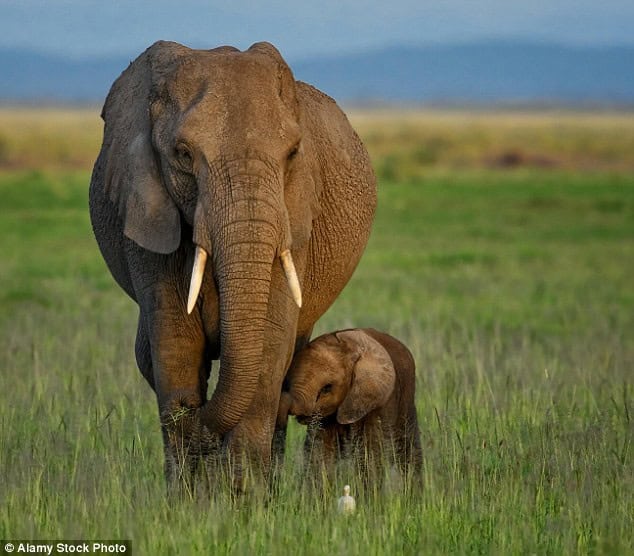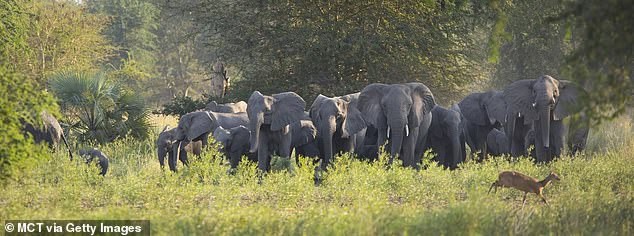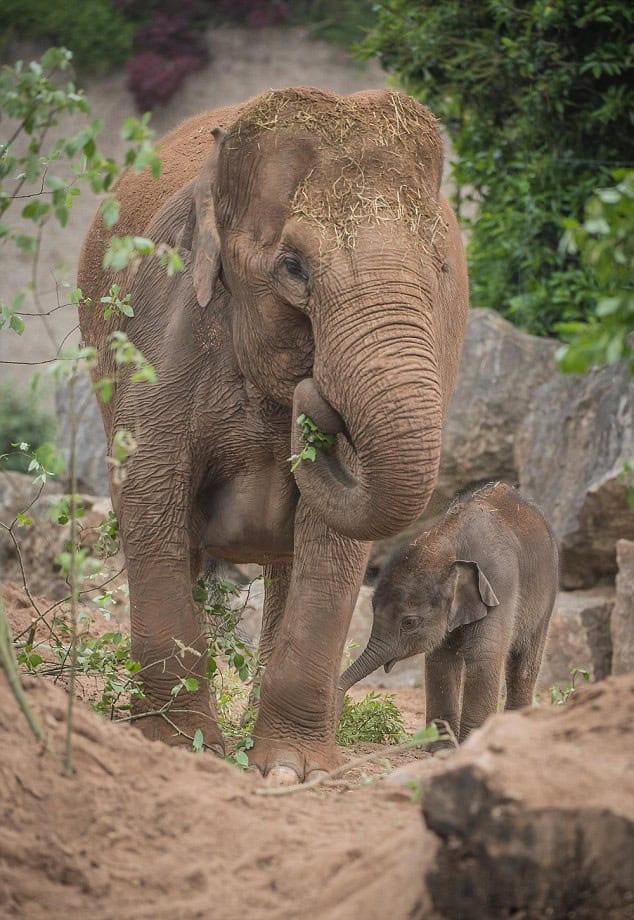Elephants in Mozambique’s Gorongosa National Park Are Evolving Without Tusks After 16 Years of Civil War and Ivory Poaching
In Mozambique’s Gorongosa National Park, African elephants that survived extensive ivory poaching during the country’s 16-year civil war are evolving remarkably — they are increasingly born without tusks.
Nearly 90% of the park’s elephants were killed for their ivory during the conflict, which lasted from 1977 to 1992, as the profits were used to fund weapons.

Since then, about one-third of female elephants born after the war have not developed tusks. Some in the herd show no tusks, while others have much smaller ones.
Scientists believe this trait, passed down through generations, reduces the animals’ appeal to poachers.

In a typical scenario, male and female African elephants grow ivory tusks up to 10 feet long.
However, the elephants that survived the war are now influencing future generations with their tuskless genes, making it a possible evolutionary shift.
Dominique D’Emille Correia Gonçalves, a PhD student from the University of Kent and part of the research team studying these elephants, explains: “Ivory poaching targets elephants with large tusks, removing that gene from the population. The elephants today are descendants of those who survived the heavy poaching during the war. The tuskless trait was passed to many of their daughters.”

Although this shift isn’t considered full-scale evolution, Gonçalves suggests that removing certain genes could eventually lead to permanent changes within the elephant population.
Some female elephants in Gorongosa have also developed what researchers call a “culture of aggression.”
This defensive behavior may be linked to their need to protect their young from poachers and their lack of tusks.

Reports describe these elephants as having a low tolerance for vehicles and humans, reacting more aggressively than before.
Gonçalves adds: “This change in behavior contrasts with pre-war records, which describe these elephant families as calm and indifferent to people.
Many of the matriarchs lived through the war and witnessed their families being hunted, leaving behind trauma that likely contributes to their current distrust of humans.”
Scientists are monitoring the elephants by fitting GPS satellite collars on ten females from various family groups to better understand these changes.
They are also conducting genetic studies to explore whether there is a behavioral link to tusklessness.
The trend is not limited to Mozambique. In South Africa, many female elephants in Addo Elephant National Park were born without tusks in the early 2000s. Meanwhile, in southern Kenya, poaching has reduced the size of elephant tusks in some areas.
Researchers are studying how tusklessness might be influencing the elephants’ behavior. Without tusks typically used for digging water or peeling bark from trees, these animals may need to travel further in search of food and water. This shift in behavior could have broader impacts on the ecosystems they inhabit.
Ryan Long, a behavioral ecologist at the University of Idaho, told National Geographic: “These changes in behavior could alter the distribution of elephants across the landscape, which may have significant consequences for the surrounding ecosystem.”
The increasing number of tuskless elephants highlights the long-lasting effects human activity can have on wildlife populations.
Read more Elephant News.
Comments
Post a Comment